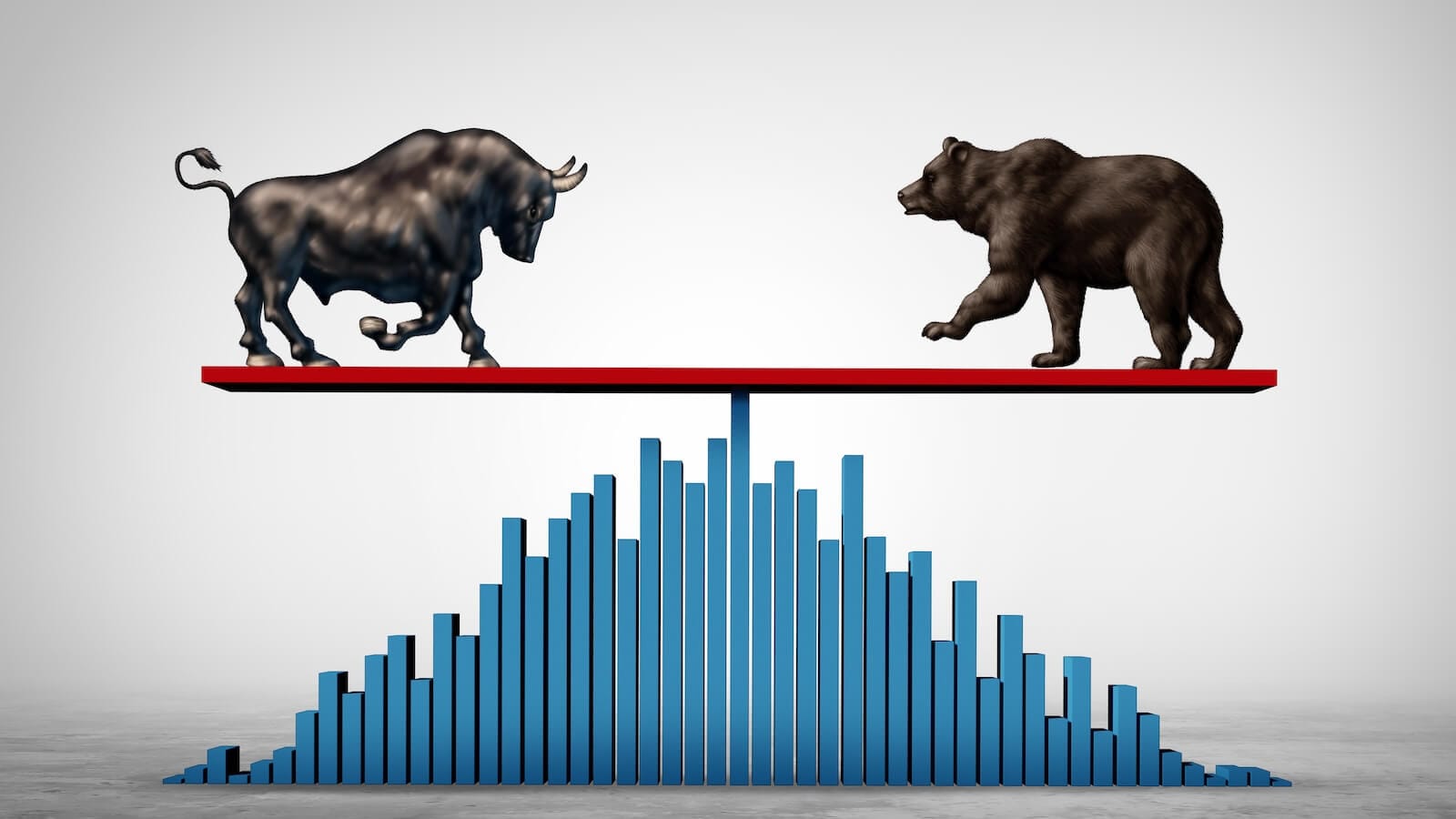Bonds Down, But Are They Out?
Something didn't seem to ring true a couple of weeks ago when the whole world, by which I mean from the Treasury Secretary to your favorite cable news host, seized on the recent sell-off in bonds and why they would no longer be a safe haven and therefore shunned by foreigners forevermore.
Two things grabbed my attention. For instance, it was the first time I can recall that bond market shenanigans made the local news. Second, as Chart 1 shows, the sell-off was not that big, certainly not enough to warrant the kind of coverage it earned. The chart tells us that, if you exclude the day of the false breakout, the loss amounted to about 8%. It was comparable to the two previous declines since last August. In other words, no big deal.

Yet from a contrarian point of view, the question that should be asked is about whether this unusual attention could indicate some form of bottom. We can certainly point to that elevated mid-April peak in the PVO indicating a bullish selling climax, but what of the longer-term picture?
Stocks May Be Giving Way to Bonds
Overall, stocks have been in a strong rally phase against bonds since 2020. However, Chart 2 shows this may be coming to a close. That's because the long-term KST in the lower window has just dropped below its MA and triggered a sell signal. The vertical lines identify previous peaks; all but the 2011 experience were followed by an extended period in which stocks underperformed bonds. The current signal has also been confirmed, with the ratio decisively penetrating its 2020-2025 up trendline and tentatively crossing below its 12-month MA.

Chart 3 featuring daily data and the Special Kcorroborates what is happening with the KST, since the SPK has dropped decisively below its signal line and completed a top. The ratio itself is struggling to recapture its 200-day MA.

Bonds in Their Own Right
Bond prices themselves have been rangebound for the last 3 years, as we can see from Chart 4. That "huge scary" sell-off, contained in the rectangle, has taken the price of the TLT back towards the halfway part of the range. KST action is mixed with a negative short-term series and the other two being tentatively bullish. Quite frankly, the price could break in either direction, but, if it resolved the trading range on the upside, this would be consistent with the peaking action of the Stock/Bond ratio.

International Bonds
There is a strong tendency for international rates to move in concert, so Chart 5 features the SPDR Barclays International Treasury Fund Ex US (BWX). This series has a similar profile to the TLT, but is currently leading it higher, the latest plot being very close to the upper end of its trading range. The rest of the world is clearly a more deflationary place than the US and is the area to watch if an upside break is to materialize.
The chart also tells us that the BWX has been in a declining trend against the S&P since before 2020. However, it has now broken above its down trendline and 65-week EMA. Furthermore, the KST for relative action, in the bottom window, has just gone bullish. This suggests that regardless of whether the price breaks above its trading range, international treasuries will be a better place to hide than equities or even US Treasuries.

Good luck and good charting,
Martin J. Pring
The views expressed in this article are those of the author and do not necessarily reflect the position or opinion of Pring Turner Capital Groupof Walnut Creek or its affiliates.










